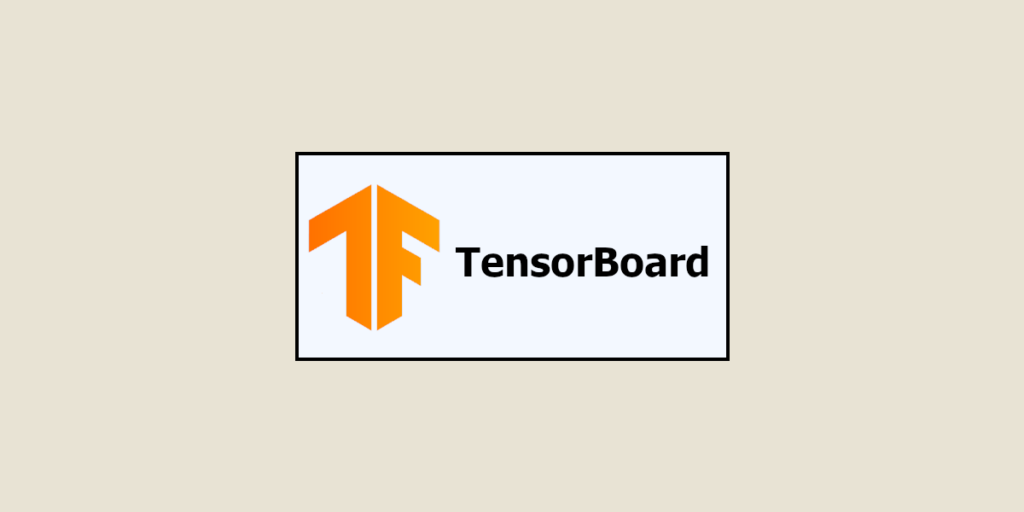While machine learning algorithms are becoming more and more widely used, they also represent significant costs for the organizations that use them. It is therefore essential to analyze the performance of Machine Learning models. TensorBoard makes it possible.
Discover this visualization tool, its features and how to use it with TensorFlow or PyTorch.
What is TensorBoard?
TensorBoard is a suite of web applications for inspecting and understanding your neural network models created on TensorFlow.
As a reminder, TensorFlow is an open source library used to create Machine Learning and Deep Learning models.
TensorBoard makes it much easier for developers and data scientists to interpret the visualizations provided by TensorFlow. They can adjust hyperparameters, detect potential problems and monitor learning progress.
Ultimately, this tool facilitates the process of developing machine learning models, so that they perform better and are more robust.
Good to know: TensorBoard works both online and offline (i.e., without Internet access). You can also install it on a local machine.

What are TensorBoard's features?
Visualization
As a visualization toolkit, TensorBoard lets you visualize different types of data:
- Scalar graphs: the aim is to visualize scalar statistics that evolve over time. With this feature, you can track learning rates, losses, compare multiple executions, organize tags, etc.
- Histograms: these graphs show how the statistical distribution evolves over time. The idea here is to visualize temporal “slices” of data and identify biases at each point in time.
- Distributions: this graph analyzes the distribution of model weights. Each line represents a percentile of the data distribution. This feature can be useful for detecting problems such as exploding or disappearing gradients.
- Images: displays images in png format (those saved via a tf.summary.image). This dashboard can be used to integrate customized visualizations.
- Audios: if you want to integrate audio widgets for your audio data, this is the dashboard to use.
- Graph explorer: you can visualize the calculation graphs of TensorFlow models. This allows you to better understand the structure of neural networks (whether at the level of layers, operations or connections between neurons).
- Exploring embeddings: embeddings are vector representations of the data learned by the model. By exploring embeddings, you can visualize high-dimensional data.
Because it lets you visualize all types of data, Tensorflow is particularly useful for inspecting training data, neuron activations and other aspects of the ML model.
Tracking learning metrics
The various visualization options enable Data Scientists to track learning metrics.
They can analyze :
- learning curves ;
- loss curves ;
- learning rates ;
- precision and recall.
And this throughout their modeling work. In this way, they can continuously improve their Machine Learning models.

TensorBoard.dev
This is not a feature specific to TensorBoard, but rather a totally free extension.
TensorBoard.dev lets you host, track and share your machine learning experiments. You’ll be able to view graphs, histograms, distributions, dashboards and more.
But beware: once loaded, TensorBoards are visible to all. So if you have sensitive data, don’t integrate them.
To use this tool, follow these steps:
- Prepare your TensorBoard logs;
- Download the logs (for this, it’s best to install the latest version of TensorBoard);
- View your experiments on TensorBoard.dev.
How do I use TensorBoard?
With TensorFlow
Before using TensorBoard, it is essential to install TensorFlow. If you haven’t already done so, simply use the command pip install tensorflow.
Then simply follow these steps:
- Import TensorBoard from the TensorFlow module: either in your Python script, or in your Jupyter notebook.
- Create a TensorBoard callback: creating a TensorBoard callback command connects the tool to your model. This callback will then collect the training data and save it in a specified log directory.
- Train your model: to do this, call the TensorBoard callback and make sure the model is correctly configured for training.
- Run TensorBoard: simply open a terminal, access the directory where TensorBoard data is stored and type the following command: tensorboard –logdir=./logs. Here ./logs is the path to the data storage directory.
- When you do so, you’ll see an output indicating the local URL
- Access the TensorBoard interface: simply open your web browser and type the local URL indicated in the output.
Through these manipulations, you can visualize and monitor the training of your TensorFlow models.
With PyTorch
In addition to TensorFlow, TensorBoard can also be used as an output from the PyTorch application.
To do this, you first need to import the necessary modules, such as PyTorch and TensorFlow, into the Python script. Next, you’ll need to define a Writer using the Summarywriter class. This allows you to create a backup directory for TensorBoard data. Next, you can define callback orders based on the results you wish to visualize.
Join DataScientest to deepen your knowledge of Machine Learning
TensorBoard makes it easy to analyze the performance of Machine Learning models, but you still need to know how to prepare, model and train them. For this, training is essential. DataScientest’s data science training course will help you master all aspects of artificial intelligence: from programming to Machine Learning, data analysis and data visualization.










